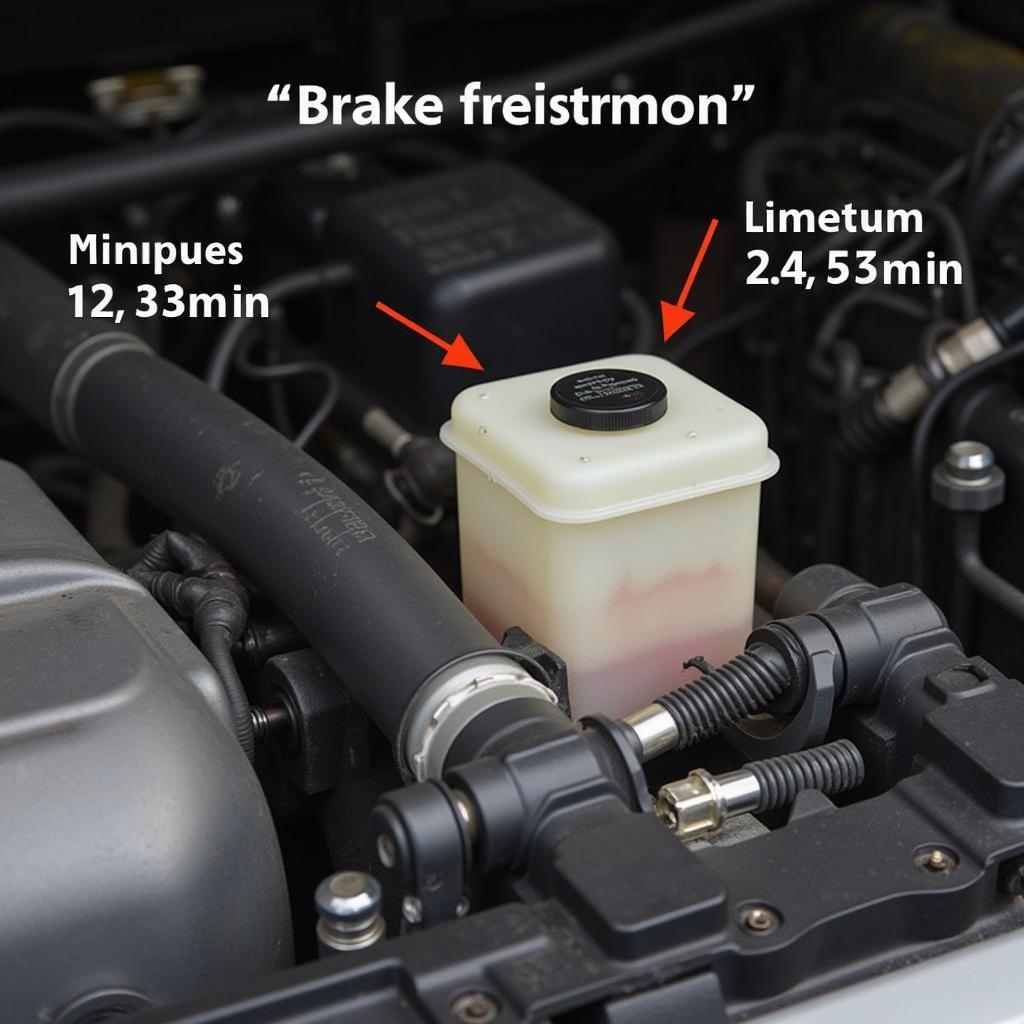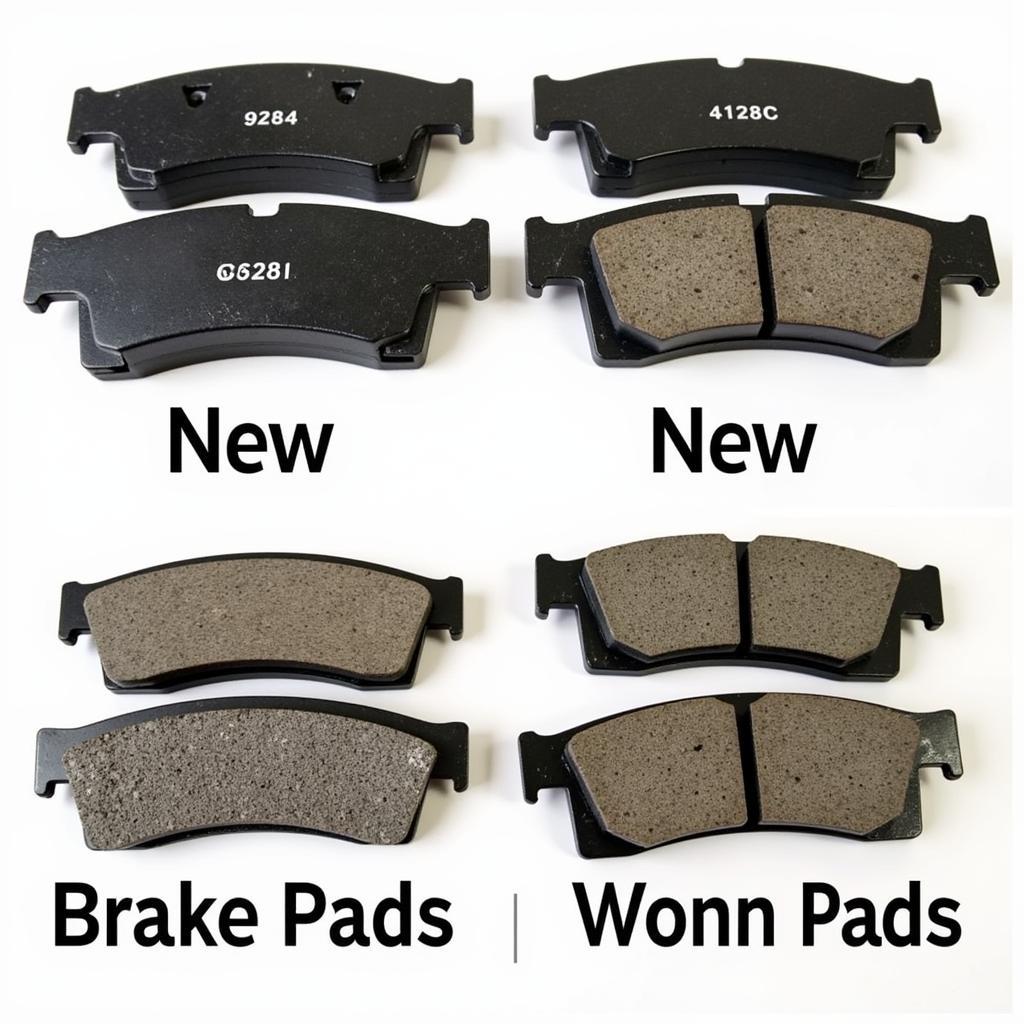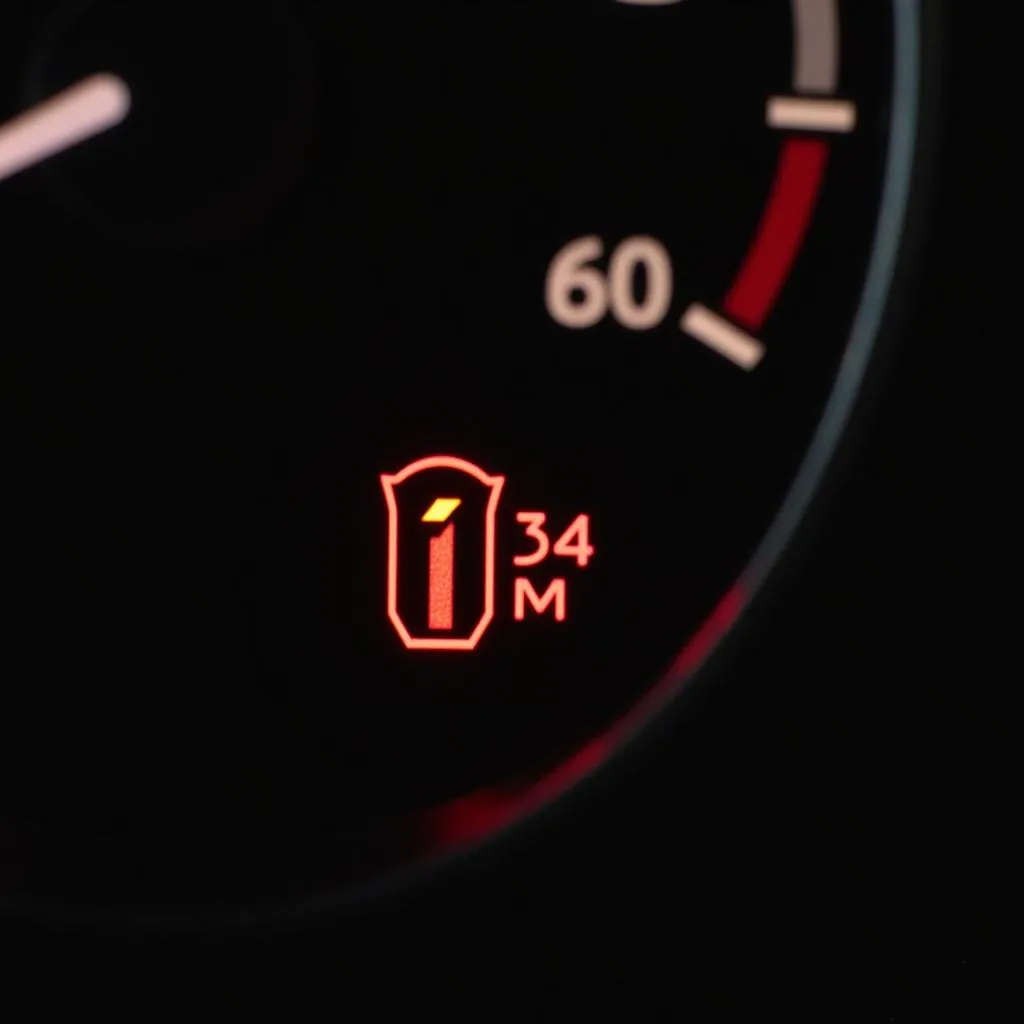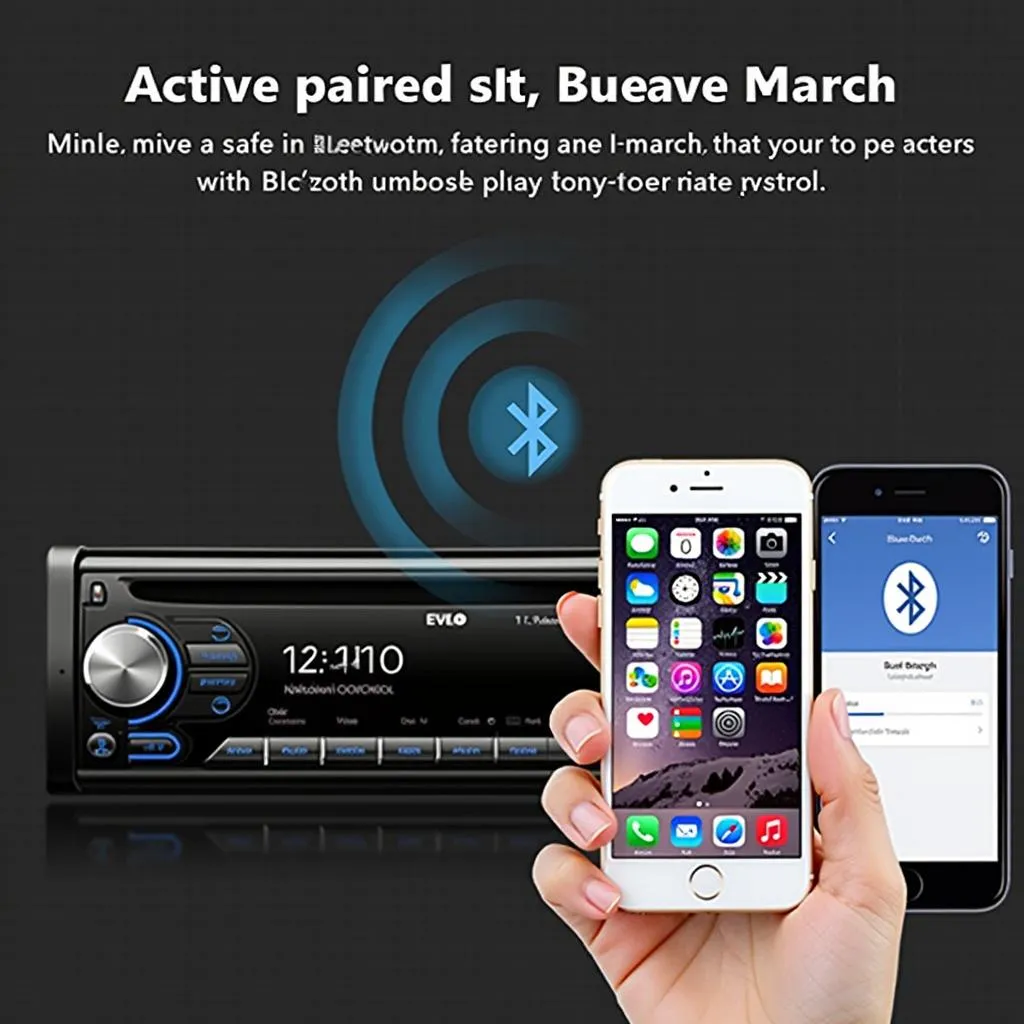If you own a 3rd generation Toyota 4Runner, you know it’s a reliable and capable SUV. However, even the most dependable vehicles can experience issues, and one common problem is the illumination of the brake warning light on the dashboard. A glowing brake warning light indicates a potential problem with your braking system that requires immediate attention. Ignoring it could lead to decreased braking performance and increase the risk of an accident. This article will explore the common causes of the brake warning light on a 3rd Gen 4Runner and provide a troubleshooting guide to help you diagnose and potentially resolve the issue.
Understanding Your 4Runner’s Brake Warning Light
Your 4Runner uses sensors and systems to monitor the health of your brakes. When the brake warning light illuminates, it’s your SUV’s way of communicating a potential problem. This light is associated with several different systems, including:
- Parking Brake: The most benign cause is an engaged parking brake. Always ensure your parking brake is fully released before driving.
- Brake Fluid Level: A common culprit is low brake fluid. Brake fluid is essential for transmitting force from the master cylinder to the brake calipers, pushing the brake pads against the rotors to slow or stop your vehicle.
- Brake Pad Wear: Your 4Runner is equipped with brake pad wear sensors that trigger the brake warning light when the pads thin to a certain point.
- ABS System Fault: Your Anti-lock Braking System (ABS) is crucial for maintaining control during hard braking. A malfunction within the ABS system can also illuminate the brake warning light.
Common Causes and Troubleshooting Steps
Now that you understand what the brake warning light represents, let’s dive into common causes and how to troubleshoot them:
1. Check Your Parking Brake
Is your parking brake fully released? This may seem obvious, but it’s a common oversight. Make sure the parking brake lever is completely down.
2. Inspect Your Brake Fluid
Is your brake fluid level low? Park your 4Runner on a level surface and open the hood. Locate the brake fluid reservoir; it’s usually a translucent plastic container mounted on the driver’s side of the engine bay.
- Check the fluid level: Most reservoirs have minimum and maximum lines. Ideally, the fluid level should be closer to the maximum line.
- Add brake fluid (if necessary): If the level is low, carefully add the correct type of brake fluid specified in your owner’s manual.
- Inspect for leaks: A consistently low brake fluid level points to a leak. Thoroughly examine the area around the master cylinder, brake lines, and near the wheels for any signs of fluid leakage. If you find a leak, it’s crucial to have it addressed by a qualified mechanic immediately.
 Brake Fluid Reservoir
Brake Fluid Reservoir
3. Examine Your Brake Pads
Are your brake pads worn? Over time, brake pads wear down due to friction. Most 3rd Gen 4Runners have a wear indicator, a small metal tab on the brake pad, that makes a screeching sound when it contacts the rotor, signaling it’s time for a replacement.
- Visually inspect your brake pads: If you’re comfortable with basic car maintenance, you can remove a wheel to visually inspect your brake pads. If you see minimal pad material remaining or notice the wear indicator is touching the rotor, it’s time to change your brake pads.
 Worn Brake Pads
Worn Brake Pads
Important: If you’re not comfortable working with brakes, it’s best to take your 4Runner to a trusted mechanic for inspection and replacement.
4. Consider ABS Issues
Could it be an ABS problem? While less common than the previous issues, a fault within the ABS system can trigger the brake warning light. Since the ABS system involves electronics and sensors, diagnosing the exact problem usually requires a diagnostic tool.
Recommendation: If you suspect an ABS issue, it’s best to consult a qualified mechanic or a specialized Toyota service center. They have the tools and expertise to diagnose and repair ABS-related problems.
When to Seek Professional Help
While this guide covers basic troubleshooting, remember that brakes are a critical safety system. It’s always best to err on the side of caution and consult with a qualified mechanic if:
- You’re uncomfortable working on your vehicle’s brake system.
- You’re unsure about any step in the troubleshooting process.
- You’ve addressed the common causes, but the brake warning light persists.
- You notice any unusual noises, vibrations, or a spongy feeling when braking.
“Addressing brake problems promptly ensures your safety and the longevity of your vehicle,” says master Toyota mechanic, James O’Connell. “Regular brake inspections and timely maintenance are crucial for optimal braking performance.”
Conclusion
The brake warning light on your 3rd Gen 4Runner is a crucial safety feature that shouldn’t be ignored. By understanding the potential causes and following the troubleshooting steps outlined in this guide, you can identify the issue and take appropriate action. Remember, if you’re ever unsure about working on your brakes, it’s always best to consult a qualified mechanic to ensure your safety and the proper functioning of your vehicle.


